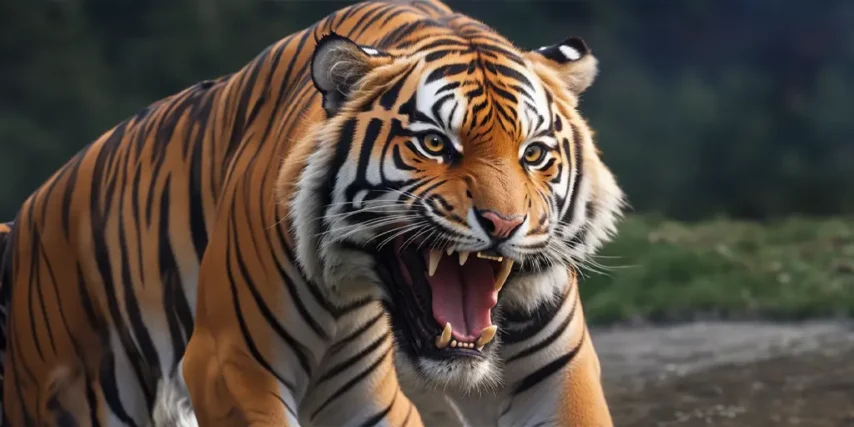Unleashing the Power of Tiger Claw: A Closer Look at an Ancient Martial Art
Martial arts have captivated the human imagination for centuries, offering a glimpse into the prowess and discipline required to master these ancient combat techniques. Among the many martial arts styles, one that stands out for its mystique and deadly effectiveness is the Tiger Claw technique. In this article, we delve deep into the origins, philosophy, and strength of Tiger Claw, shedding light on its historical significance and its relevance in the modern world.
The Origins of Tiger Claw:
Tiger Claw, or “Fu Jow Pai” in Chinese, traces its roots back to the Shaolin Temple, the birthplace of many martial arts styles. Legend has it that a monk named Cheung Hung Fung developed this unique style after observing the movements and techniques of a tiger. The inspiration drawn from the fierce and powerful nature of the big cat gave birth to a martial art that imitates the strength, agility, and precision of the tiger.

Philosophy of Tiger Claw:
Tiger Claw is not merely a set of physical movements; it is a holistic martial art that encompasses a deep philosophy. Practitioners of Tiger Claw believe in harnessing the inner strength and spirit of the tiger. The philosophy emphasizes the importance of balance, control, and adaptability – traits essential not only in combat but also in the challenges of everyday life.
The Techniques:
At the core of Tiger Claw lies a set of distinct techniques that make it a formidable martial art. The hallmark of the style is, of course, the claw-like hand movements that imitate a tiger’s deadly strike. These razor-sharp hand techniques are designed to target vital points on an opponent’s body, making Tiger Claw a lethal combat art when executed with precision.
The stances in Tiger Claw are low and dynamic, enabling practitioners to move swiftly and strike with power. The emphasis on low stances also contributes to building leg strength and stability, a crucial aspect of mastering this martial art.

Tiger Claw also incorporates a variety of kicks, sweeps, and acrobatic movements. These techniques enhance the practitioner’s ability to move unpredictably, making it challenging for opponents to anticipate and counter their attacks.
Strength Training in Tiger Claw:
To truly master Tiger Claw, practitioners engage in rigorous strength training that goes beyond the typical physical conditioning in other martial arts. The emphasis is not only on building muscle strength but also on cultivating internal energy or “chi.” This internal energy is believed to enhance the practitioner’s power and resilience, adding a mystical element to the already potent martial art.
The Mental Aspect:
Tiger Claw is not just about physical strength; it also places significant importance on mental focus and discipline. Practitioners undergo intense mental training to sharpen their concentration, increase their awareness, and cultivate a calm and strategic mindset. This mental fortitude is considered as crucial as physical prowess in the mastery of Tiger Claw.

Applications in Self-Defense:
In the context of self-defense, Tiger Claw shines as a practical and effective martial art. Its emphasis on targeting vulnerable points, coupled with the ability to move swiftly and unpredictably, gives practitioners a significant advantage in real-world scenarios. The adaptability of Tiger Claw allows individuals to defend themselves against various types of attacks, making it a valuable skill in today’s unpredictable world.
Cultural Significance:
Beyond its effectiveness in combat, Tiger Claw holds cultural significance. As a part of traditional Chinese martial arts, it embodies the rich history and heritage of a nation known for its ancient warrior traditions. Practicing Tiger Claw is not just about learning a set of moves; it is about connecting with a cultural legacy that spans centuries.
Tiger Claw, with its origins in the ancient Shaolin Temple, continues to captivate martial arts enthusiasts around the world. Its unique philosophy, deadly techniques, and emphasis on mental and physical strength make it a compelling martial art. Whether one seeks self-defense skills, a challenging physical workout, or a connection to martial arts history, Tiger Claw offers a comprehensive and enriching experience. As we navigate the complexities of the modern world, the ancient wisdom embedded in Tiger Claw reminds us of the enduring power of disciplined strength, both in combat and in life.







